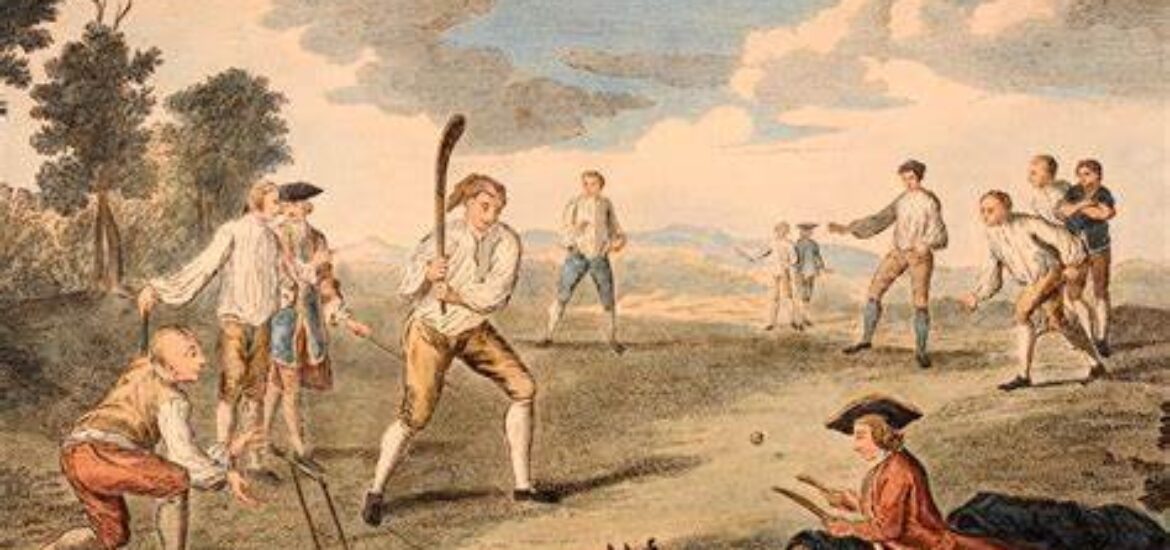
The Rich History of Cricket
Cricket, often referred to as the “gentleman’s game,” has a rich and storied history that spans centuries. Originating in the 16th century, cricket has evolved into one of the most popular sports worldwide, captivating millions of fans with its unique blend of strategy, skill, and sportsmanship. Let’s embark on a journey through the history of cricket, exploring its origins, milestones, and the legends who have shaped the game.
Origins of Cricket: The Early Days
Cricket’s origins can be traced back to 16th century England, where it was played by children in the countryside. The earliest definite reference to cricket dates back to 1598, and by the early 17th century, it had become a popular pastime among adults. The game was simple, with rudimentary rules and equipment, but it quickly gained popularity, leading to its formalization and development.
The Birth of Modern Cricket: 18th and 19th Centuries
The 18th century marked a significant turning point for cricket as it began to take on a more structured form. The Hambledon Club, founded in the 1760s, played a crucial role in establishing cricket as a mainstream sport. The Marylebone Cricket Club (MCC), founded in 1787, became the sport’s governing body and was instrumental in standardizing the rules. The introduction of the Laws of Cricket in 1788 laid the foundation for the modern game.
The 19th century saw the expansion of cricket beyond England’s borders, with the first international match played between the United States and Canada in 1844. However, it was the Ashes series between England and Australia, starting in 1882, that truly captured the imagination of cricket fans and cemented the sport’s international appeal.
The Golden Age: Early 20th Century
The early 20th century is often referred to as the “Golden Age” of cricket, characterized by legendary players and memorable matches. Sir Donald Bradman, widely regarded as the greatest batsman of all time, dominated the era with his extraordinary skill and record-breaking performances. His career average of 99.94 remains unmatched and is a testament to his unparalleled talent.
During this period, cricket continued to grow globally, with countries like South Africa, the West Indies, and India emerging as strong cricketing nations. The introduction of the ICC (International Cricket Council) in 1909 further facilitated the sport’s international governance and growth.
Post-War Era: Evolution and Innovation
The post-war era brought significant changes and innovations to cricket. The introduction of limited-overs cricket, particularly One Day Internationals (ODIs), revolutionized the sport. The first ODI was played in 1971, and the format quickly gained popularity due to its fast-paced and spectator-friendly nature. The inaugural Cricket World Cup in 1975 marked the beginning of a new era, with West Indies claiming the first two titles.
The 1990s and early 2000s saw the rise of new cricketing powerhouses, with Australia dominating both Test and ODI formats. The advent of Twenty20 (T20) cricket in the early 2000s added another exciting dimension to the game, attracting a younger audience and expanding cricket’s global reach.
The Modern Era: Technology and Globalization
The modern era of cricket is characterized by technological advancements and increased globalization. Innovations such as the Decision Review System (DRS), Hawk-Eye, and Snickometer have enhanced the accuracy of umpiring decisions and added a new layer of excitement to the game. The Indian Premier League (IPL), launched in 2008, has become one of the most lucrative and popular T20 leagues globally, showcasing the best cricketing talent from around the world.
Cricket has also expanded its footprint, with countries like Afghanistan and Ireland achieving Test status, and the sport gaining popularity in non-traditional cricketing nations. The ICC continues to promote and develop cricket globally, aiming to make it a truly international sport.
A Bright Future
As we look back on the rich history of cricket, it’s clear that the sport has come a long way from its humble beginnings. The journey has been marked by significant milestones, legendary players, and unforgettable moments. Today, cricket continues to evolve, embracing new formats and technologies while preserving its traditional values of sportsmanship and camaraderie. The future of cricket looks bright, with new generations of players and fans ready to carry forward the legacy of this beautiful game.
Whether you’re a seasoned cricket enthusiast or a newcomer to the sport, the history of cricket offers a fascinating glimpse into a game that has captured hearts and minds for centuries. Join us as we celebrate the past, present, and future of cricket on our website, where you’ll find the latest updates, insights, and stories from the world of cricket.




